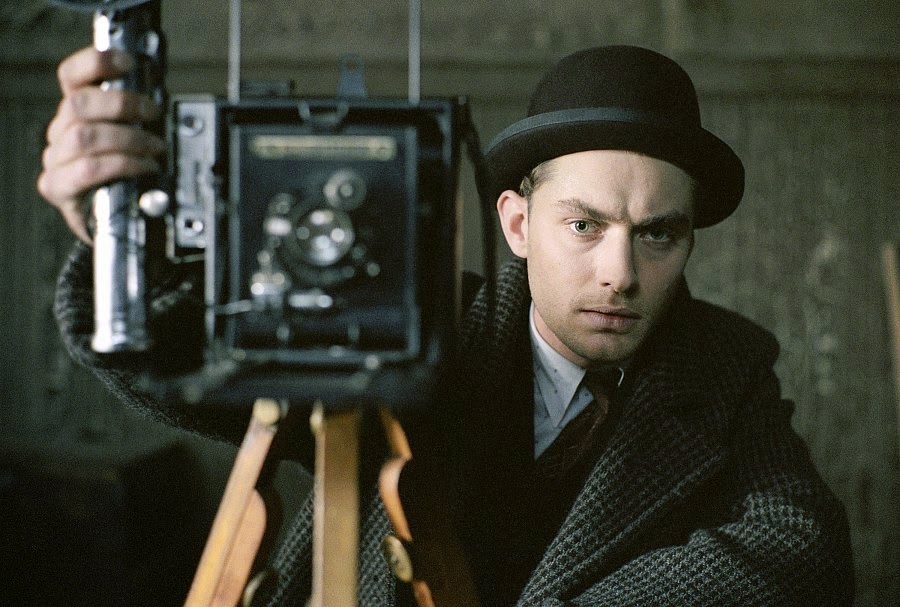
Cinematography is the aspect of filmmaking most unique to the medium. The camera has a relation to the spectator as well as what is being filmed; it’s the bare bones of the genuine language of cinema.
The Academy Awards have honored films of beauty that deserved a golden statue in our millennia, while, as with any category or any given Oscar year, several injustices have been made. This list hopes to separate those films with timeless appeal from works of only a momentary impression.
17. Slumdog Millionaire
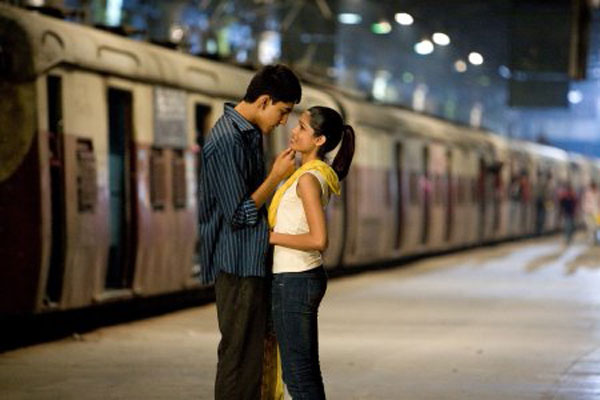
Caught between the handheld grain of a Paul Greengrass Bourne movie or the saturated sheen of a J J Abrams joint, Slumdog Millionaire attempts to express the rags to riches tale of an Indian boy, filtered by Englishman Danny Boyle to please the minimal integrity of the undiscerning American masses cloying for sentiment of just this variety.
The Best Picture winner of 2008 appeals to means of visual and narrative crowd-pleasing rather than providing a genuine slice of life perspective on poverty in India or any kind of Bollywood homage or revival.
Dutch angles, vibrant colors and kinetic, momentous energy only go so far in Slumdog, and it’s easily the least noteworthy of any film from any film walking away with Best Cinematography in the 21st century. With eight total Oscars wins, Slumdog Millionaire capitalized on a generally weak year, but for the category in question, the film somehow beat The Dark Knight.
16. Avatar
![]()
Single-handedly sending 3D back to the forefront of Hollywood moviemaking, Avatar was a critical and commercial phenomenon that would, if nothing else, earn James Cameron respect for his talents as a director of unmatched technical ambitions.
However, Cameron’s first (of many more to come eventually and unfortunately) trek into Pandora doesn’t successfully inhabit a world, though I’m sure audiences and Oscar voters alike were astounded by the façade of his complex and expensive 3D technology back in 2009. The handheld style used to film most of this effects-laden epic tries to convince you of a filmic reality, but in the second dimension where it’ll forever be viewed (unless 3D TV’s really make it into the average living room) Avatar plays like a damn expensive, and utterly familiar, video game.
This feels like a case where technical prizes were awarded where justified – as it nabbed wins for Art Direction and obviously Visual Effects – but the art of camera movement in the highest grossing film of all time is less about artistry than it is trickery in Cameron’s hollow extravaganza. With films as finely shot – and with such fewer frills – as Inglourious Basterds, The Hurt Locker and Harry Potter and the Half-Blood Prince, it’s a shame the Academy couldn’t see past the veil of Avatar’s unstoppable popularity and supposed innovations to film.
15. Life of Pi
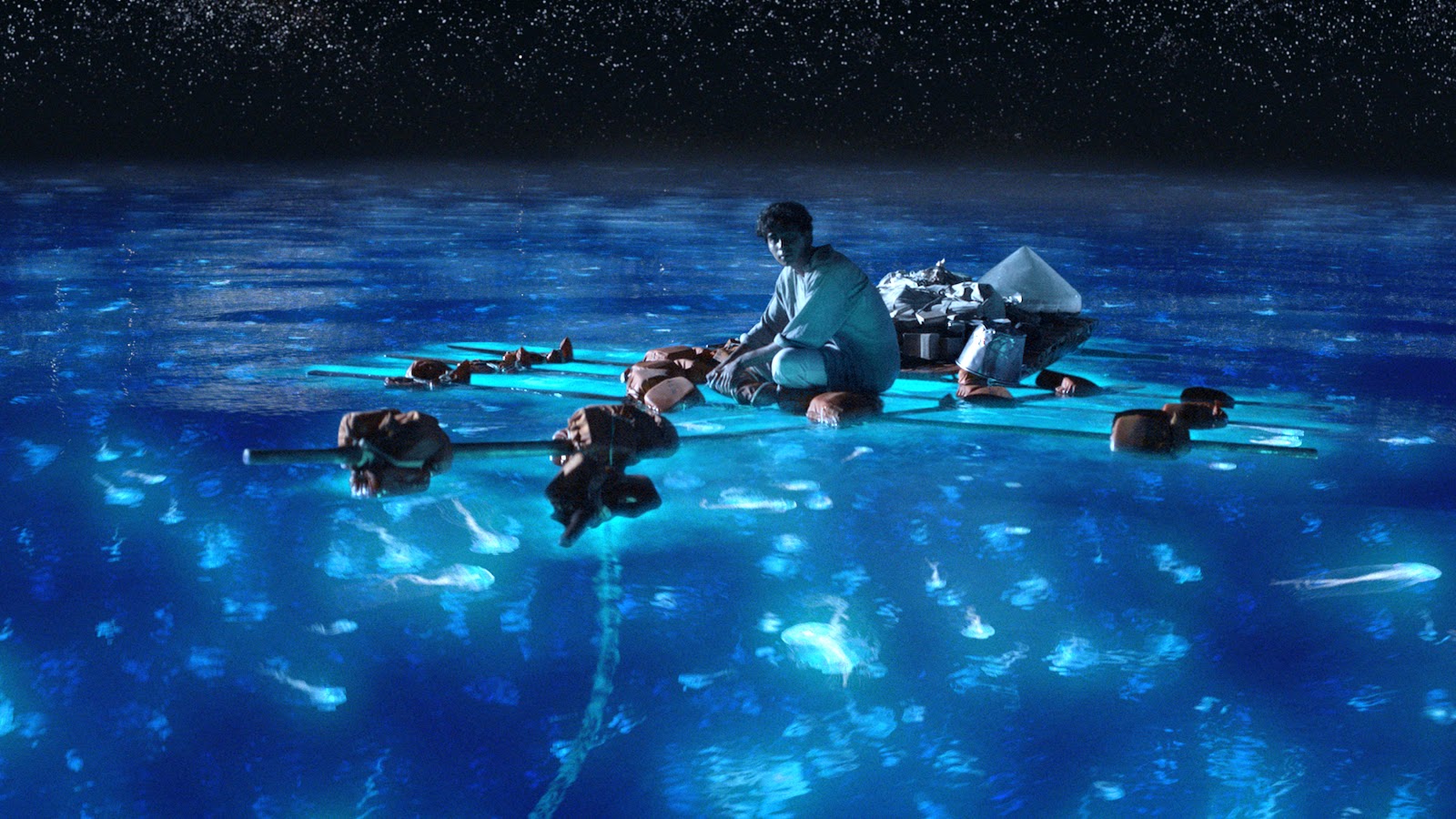
Another case of technical craft being valued greater than artistic accomplishment, Life of Pi is a decent film on a visual and narrative level, but simply undeserving of the award for Best Cinematography.
The craft of Best Director winner Ang Lee’s film is not in its camerawork, but elsewhere – as an adaptation, as an impressively convincing vision of Robinson Crusoe at sea plus a tiger. Cinematographer Claudio Miranda at least deserves credit for making fine use of the enormous water tank used for several months of filming, and managing to craft a believable blockbuster out of the footage.
But Miranda’s work is only so impressive. Life of Pi succeeds in translating a fantasy to a certain extent but feels trapped by the demands of the story. It simply is unremarkable on a purely visual level and did not fully deserve the award over the typically strong work of seasoned veterans like Roger Deakins for Skyfall, Janusz Kaminski for Lincoln and Robert Richardson for Django Unchained.
14. Memoirs of a Geisha
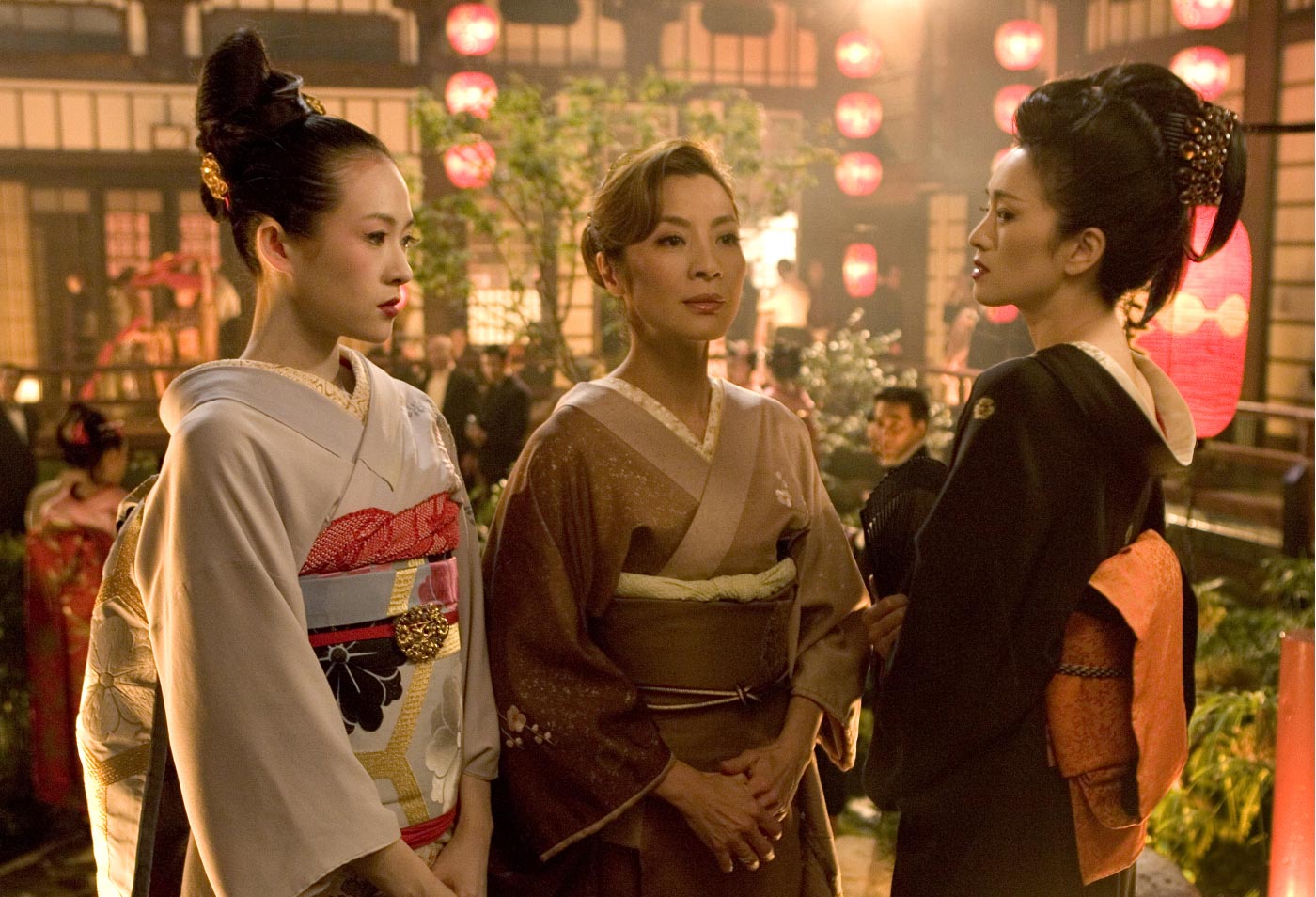
A Spielberg-backed, Rob Marshall-directed adaptation of an American bestseller entitled Memoirs of a Geisha was never going to scan as particularly genuine. Removed of its clunky, predictable story, Memoirs is a comfortable visual treat, but every flaw within and surrounding this film can’t help but taint the moving images as they wash over us.
Though it was unpopular in Japan for its controversial casting of Chinese actors in the lead roles, this aspect on a filmmaking level can be overlooked. Everything that reminds us of its English-language based origins and execution, however, does ruin the film’s impact.
The splendor of Geisha’s production design across the board is repeatedly undone by its startling lack of authenticity. Backed with an incredible budget, starring Chinese actors speaking clichés in English through thick accents all renders a tale about the difficult lives of Japanese women utterly moot.
The gorgeous lighting and dynamic colors wielded by cinematographer Dion Beebe do little if anything to stimulate the mind beyond appreciating sets of ornate images.
13. Master and Commander: The Far Side of the World
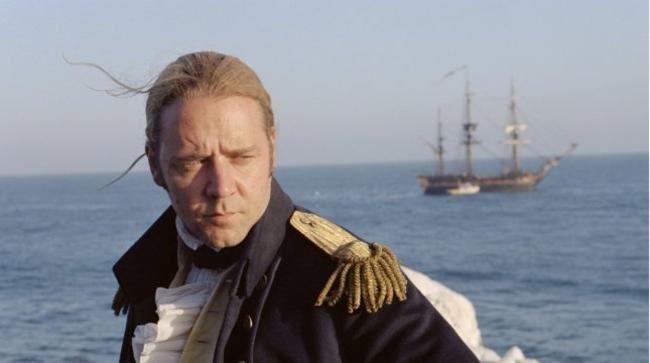
Master and Commander has so much going for it apart from the language of the camera that the reasonable quality in that department is easy enough to overlook.
Chaotic in sparse moments of battle and sweeping in its aerial photography, the film’s cinematography is lacking somewhat only in its scenes of dialogue, strongly staged and acted as they may be. Most of the paradoxically epic and intimate qualities of this sole Patrick O’Brian adaptation can be attributed to its flawlessly inhabited universe, which makes the historical part of its fiction as painstakingly accurate as possible.
The Far Side of the World comes off uncommonly realistic, but that’s little to do with what the camera aims for than it is the brilliant production and costume design. When the cast, crew and characters finally get to stretch their legs on the Galapagos Islands, cinematographer Russell Boyd too gets to breathe in the space of freedom after being caught in such close quarters for so much of the runtime.
12. Crouching Tiger, Hidden Dragon
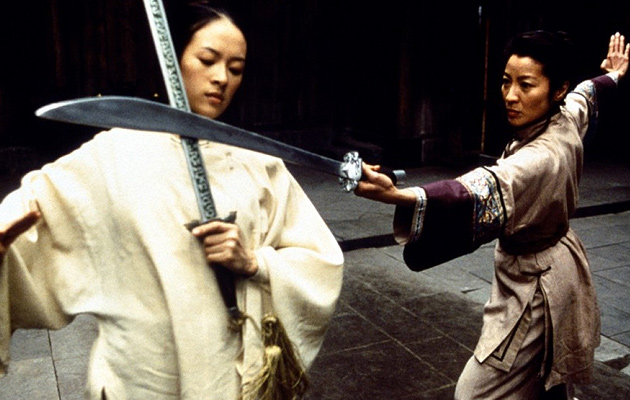
Ang Lee’s 2000 wuxia film managed to become a worldwide phenomenon, and its potency of appeal has hardly waned.
Crouching Tiger handles epic scope and patient pace with the assistance of cinematographer Peter Pau. The martial arts sequences are thankfully allowed a reserved distance, often capturing the whole conflict in clarity rather than in quick cuts and close-ups. The flashbacks to a western setting in the second act are also spacious, scenic and further the film’s visual majesty.
The film is less than magnificent outside of its more grandiose aspects, but as a whole the production of Crouching Tiger remains outstanding to behold.
9. Gravity 10. Birdman 11. The Revenant
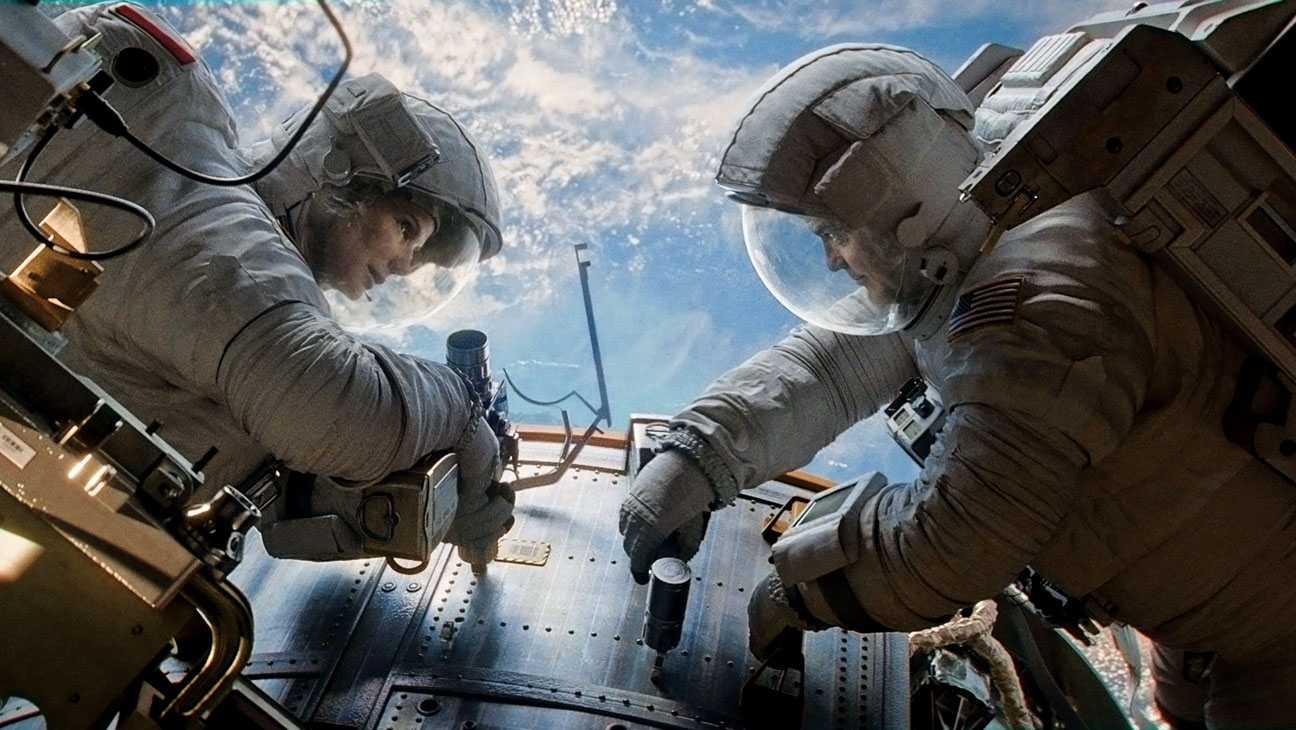
I will condense my thoughts on Emmanuel Lubezki’s three consecutive Oscar wins as much as I can. Lubezki is one of the most talented cinematographers working today, and now he has been awarded as such – if only his wins were for his most exquisite contributions. The Tree of Life, Children of Men and The New World all stand as better films and more transcendent visual experiences that, though given a nod by the Academy, were never graced with a warranted win.
I find Gravity to be the finest of his winning work, as Alfonso Cuarón’s quest for technical perfection allows Lubezki the opportunity to explore impossible scenarios. That absurdly magnificent opening shot is better than the film itself, and Lubezki still composes lasting images elsewhere such as Sandra Bullock’s character finding momentary safety as she hovers in a floating fetal position in the womb of a spacecraft. That being said, Gravity is victim to weak dialogue and flat characters, and the flaws in stories Lubezki has recently visualized carry over into the work of Alejandro Iñárritu.
Birdman’s single-take gimmick and The Revenant’s serene view of the cold wilderness and Leo’s most try-hard Oscar-face both make for in-moment movie magic that is washed clean the minute you reflect on either film. Birdman is ideologically simple-minded, as Lubezki’s singular eye convinces you you’re watching something that could actually win Best Picture. And The Revenant is an uninspired true story premise drawn out to epic length as once again Iñárritu uses Lubezki as a crutch for his own weaknesses in storytelling.